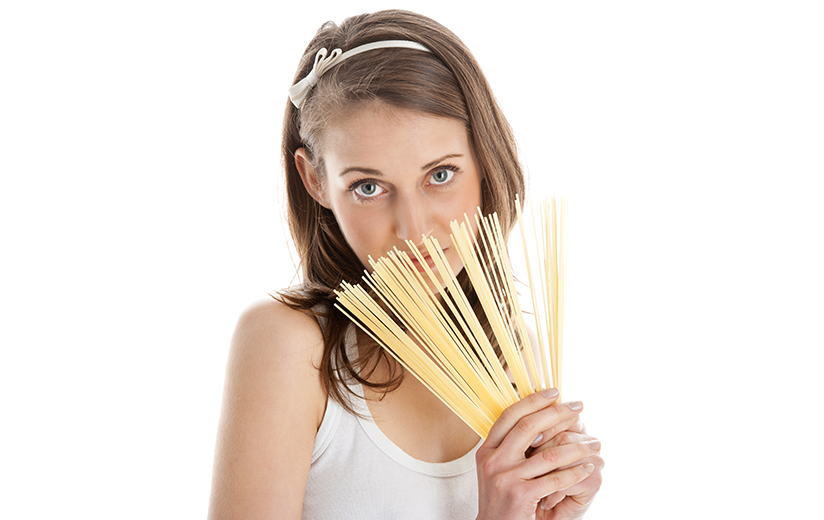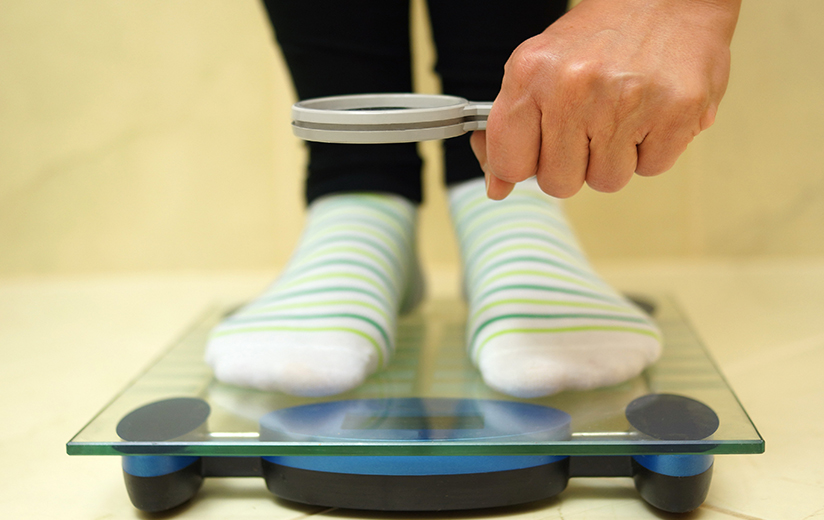Good and bad cholesterol
Good and bad cholesterol
Maria Skoura
Lately there’s been an increase of the percentage of individuals with high cholesterol levels, even in children and teenagers. This is due to the dietary habits of the Greek family. Teenagers however, can be informed properly so as to avoid making the dietary mistakes of their parents and maintain normal cholesterol levels.
Cholesterol is a lipid molecule that is found in the human blood and all cells of your body. It is an essential structural component of cell membranes, certain hormones and tissues. When in high levels, can lead to plaque buildup in your arteries and result in heart diseases as well as problems in the blood circulation system.
There are two main sources of cholesterol, nutrition and your body itself. Cholesterol is produced by the liver to cover some needs of the body, but is also found in some foods, such as meat, eggs, poultry, fish, seafood and dairy products. The plant foods, such as fruit, vegetables, cereals, dried fruit and seeds, are cholesterol free. Therefore, what can decrease cholesterol levels, is the change of dietary habits.
There are two important kinds of lipoproteins that carry cholesterol to and from cells:
– Low density lipoprotein (Low Density Lipoprotein-LDL) or bad cholesterol
– High density lipoprotein (High Density Lipoprotein – HDL) or good cholesterol
High levels of LDL cholesterol contribute to plaque, a thick, hard deposit that can clog arteries and make them less flexible and narrow them (arherosclerosis), which can result in heart disease and stroke. That is why LDL cholesterol is also called “bad” cholesterol.
HDL acts as a scavenger, by taking the “bad” LDL cholesterol out of your blood and keeping it from building up in your arteries. It also keeps LDL in low levels. That’s why HDL cholesterol is considered “good” cholesterol.
Here’s a chart of normal cholesterol levels.
Normal cholesterol levels
| Cholesterol | ||
| Mg/dL* | Levels | |
| <200 | desirable | |
| 200-239 | borderline high | |
| >240 | high | |
| LDL («bad») Cholesterol | ||
| Mg/dL | Levels | |
| <100 | desirable | |
| 100-129 | near desirable | |
| 130-159 | borderline high | |
| 160-189 | high | |
| >190 | very high | |
| HDL («good») cholesterol | ||
| Mg/dL | Levels | |
| <40 | low | |
| >60 | high | |
| * mg/dl | ||
The main sources of bad cholesterol are red meat, butter, processed foods, biscuits, potato chips, croissant and fried foods. All the above mentioned foods should be avoided in case you want to decrease the levels of LDL cholesterol.
The higher the levels of HDL cholesterol, the better. Good cholesterol blood levels can be raised by:
Weight loss. Obesity along with an increase of bad (LDL) cholesterol can cause a decrease in good cholesterol (HDL) levels. Losing the extra fat and particularly that around the belly can increase good cholesterol levels.
Exercise. Exercise, mainly aerobic, including walking, light running and cycling, increases good cholesterol levels.
Use of monousaturated fats in diet. Seed oils are the best source of monounsaturated fats. Better use olive oil, a prime component of the Mediterranean Diet, instead of butter.
Avoiding trans fats. Processed food such as biscuits, sweets, potato chips, croissant etc, are main sources of such fats. Avoiding trans fats, can increase good cholesterol levels and significally decrease bad cholesterol ones.
Adding fibre in diet. The fibres in fruits, vegetables and fibour products in general increase the good cholesterol levels.
Maria SkouraNutritionist, Scientific Associate of the Greek Society of Adolescent















